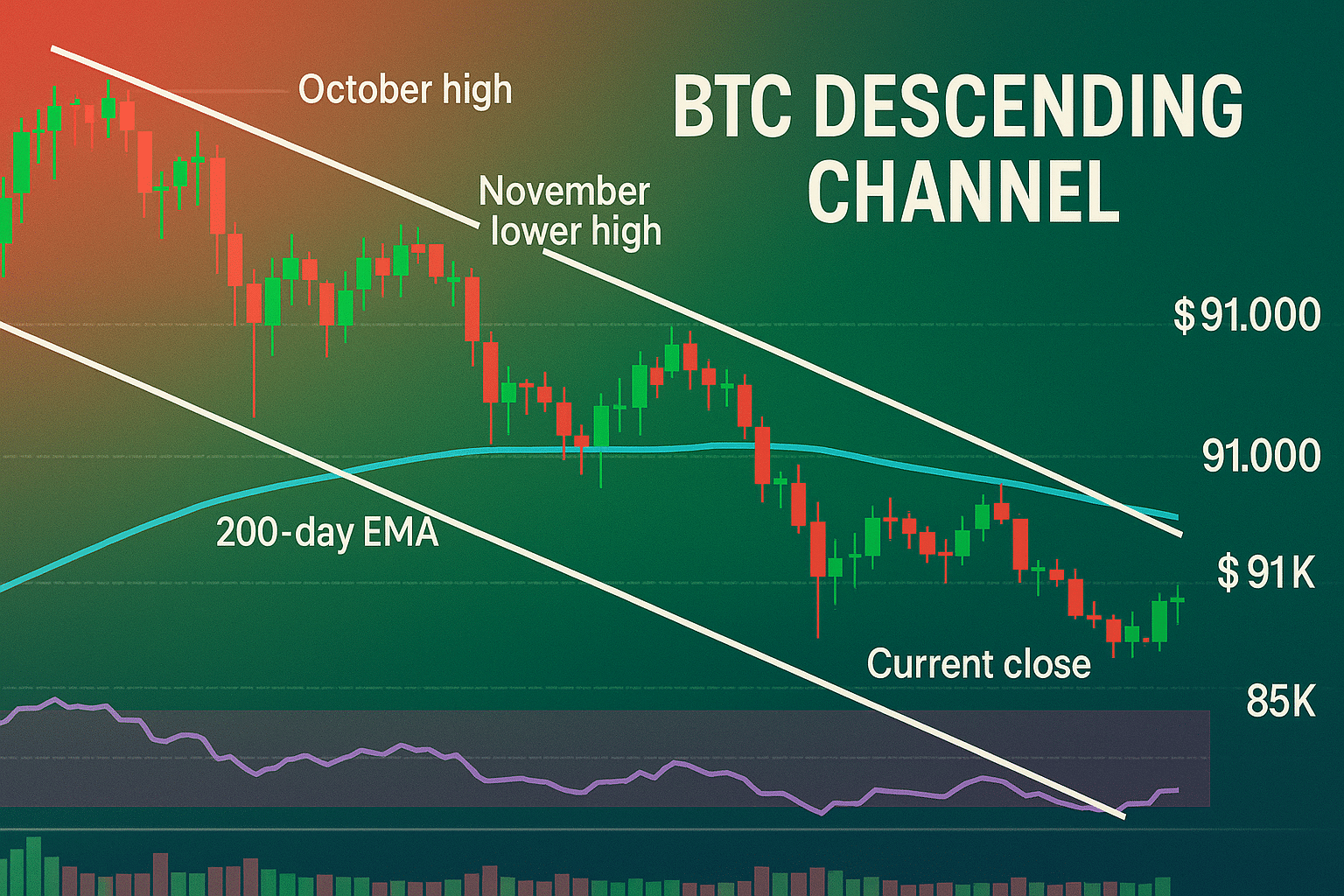Cryptocurrency in Pop Culture: A Growing Trend
Cryptocurrencies, once a niche interest, have increasingly become a mainstream phenomenon. This surge in popularity is largely due to their growing presence in various facets of pop culture. From music and movies to sports and fashion, digital currencies are making their mark. This article delves into the growing trend of cryptocurrency in pop culture, examining how digital currencies are influencing and becoming a part of mainstream culture.
1. Cryptocurrency in Music: The New Anthem
Overview:
The music industry has quickly embraced cryptocurrencies, with artists and producers recognizing the potential of digital currencies. From accepting cryptocurrency payments to incorporating crypto themes in their lyrics, the connection between music and cryptocurrency in pop culture is stronger than ever.
How Crypto is Influencing the Music Industry:
- Artists Accepting Crypto Payments: Several musicians now accept cryptocurrencies as payment for their music, merchandise, and concert tickets. This shift not only provides fans with more payment options but also signals the industry’s openness to digital innovation.
- Crypto-Themed Music: Songs and music videos that reference cryptocurrencies, blockchain, and related themes have become increasingly common, reflecting the growing awareness of crypto in mainstream culture.
- NFTs and Music: Non-Fungible Tokens (NFTs) have revolutionized the music industry, allowing artists to sell digital art, music, and even concert experiences directly to fans. This new model empowers artists by giving them more control over their work.
Examples:
- Snoop Dogg and NFTs: Rapper Snoop Dogg has been a vocal supporter of cryptocurrencies and NFTs, releasing NFT-backed tracks and artwork that have generated significant revenue.
- Eminem’s “Tone-Deaf” Music Video: The video for Eminem’s song “Tone-Deaf” features subtle references to Bitcoin and other cryptocurrencies, highlighting their growing influence on popular music.
Why This Matters:
The integration of cryptocurrency into the music industry represents a significant cultural shift. As more artists embrace crypto, their influence can help bring digital currencies into the mainstream, further blurring the lines between technology and entertainment.
2. Cryptocurrency in Movies: The Blockchain on the Big Screen
Overview:
The film industry has also been impacted by the rise of cryptocurrencies. Whether through movie plots that center around digital currencies or filmmakers funding projects through crypto, the influence of blockchain technology is becoming increasingly apparent in Hollywood.
How Crypto is Shaping the Film Industry:
- Crypto-Themed Movies: Films that explore the world of cryptocurrencies, blockchain, and cybercrime are becoming more common. These movies often depict the high-stakes world of crypto trading, hacking, and digital theft, bringing the complexities of digital currencies to a broader audience.
- Funding Through Crypto: Some filmmakers are turning to cryptocurrency to fund their projects, bypassing traditional financing routes. This method allows for greater creative freedom and the potential for more diverse storytelling.
- NFTs in Filmmaking: NFTs have also made their way into the film industry, with directors and producers selling digital collectibles and exclusive content as NFTs. This approach provides a new way for fans to engage with their favorite films.
Examples:
- “Crypto” (2019): A thriller that dives into the world of money laundering and cryptocurrency, “Crypto” highlights both the potential and the dangers of digital currencies.
- “Bitcoin Heist” (2016): This Vietnamese action-comedy film revolves around a group of hackers trying to pull off a heist using Bitcoin. The movie showcases the impact of cryptocurrencies on global crime and finance.
Why This Matters:
Movies are a powerful medium for storytelling and education. As cryptocurrencies become a more prominent plot device, they help demystify the technology for the general public, making it more accessible and less intimidating.

3. Cryptocurrency in Sports: From Sponsorships to Fan Tokens
Overview:
The sports world has seen a significant influx of cryptocurrency-related activities. From sponsorship deals to fan engagement through blockchain technology, cryptocurrencies are becoming a staple in the industry.
How Crypto is Changing the Sports Industry:
- Sponsorship Deals: Cryptocurrency companies are increasingly sponsoring sports teams, events, and athletes. These deals not only increase brand visibility but also introduce cryptocurrencies to a broader audience.
- Fan Tokens: Blockchain technology has enabled the creation of fan tokens, which allow supporters to purchase digital assets associated with their favorite teams. These tokens can grant fans special privileges, such as voting on club decisions.
- Athlete Endorsements: Some athletes have begun receiving part of their salaries in cryptocurrency or endorsing specific digital currencies, further legitimizing crypto within the sports community.
Examples:
- Crypto.com and UFC: Crypto.com has secured a sponsorship deal with the UFC, becoming the official cryptocurrency platform partner. This partnership brings crypto into the spotlight during one of the world’s most popular sports events.
- Paris Saint-Germain and Fan Tokens: French football club Paris Saint-Germain (PSG) launched its own fan token, allowing supporters to engage with the club in new and innovative ways.
Why This Matters:
The integration of cryptocurrency into the sports industry highlights its growing acceptance and legitimacy. As more teams and athletes embrace digital currencies, their fan bases are likely to follow, further driving the mainstream adoption of crypto.
4. Cryptocurrency in Fashion: The Digital Couture Revolution
Overview:
The fashion industry, known for its innovation and trendsetting, has also embraced cryptocurrencies and blockchain technology. From accepting crypto payments to creating digital fashion items as NFTs, the world of fashion is at the forefront of the digital revolution.
How Crypto is Influencing Fashion:
- Crypto Payments in Fashion Retail: Luxury fashion brands are increasingly accepting cryptocurrencies as payment, catering to the tech-savvy and affluent crypto community.
- NFT Fashion Collections: Designers are creating digital fashion items as NFTs, which can be bought, sold, and worn in virtual environments. These collections blur the line between the physical and digital worlds, offering a new way for fashion enthusiasts to express themselves.
- Blockchain for Supply Chain Transparency: Blockchain technology is being used to increase transparency in the fashion supply chain, allowing consumers to track the origin of their products and ensuring ethical sourcing.
Examples:
- Dolce & Gabbana’s NFT Collection: The luxury fashion house launched an NFT collection titled “Collezione Genesi,” which includes digital couture pieces that can be worn in the metaverse.
- Gucci and Crypto Payments: Gucci has begun accepting cryptocurrency payments in some of its flagship stores, offering a seamless shopping experience for crypto enthusiasts.
Why This Matters:
Fashion has always been a reflection of cultural trends, and the adoption of cryptocurrency within the industry signals a broader acceptance of digital currencies. As fashion continues to innovate with blockchain technology, it paves the way for other industries to follow suit.
5. Cryptocurrency in Art: The NFT Revolution
Overview:
The art world has been revolutionized by the advent of Non-Fungible Tokens (NFTs). These digital assets have transformed how art is created, bought, and sold, offering new opportunities for artists and collectors alike.
How NFTs are Changing the Art World:
- Digital Art Sales: NFTs have enabled artists to sell their work directly to collectors without the need for galleries or auction houses. This direct-to-consumer model has opened up new revenue streams for digital artists.
- Royalties for Artists: NFTs allow artists to earn royalties every time their work is resold, ensuring they benefit from the appreciation of their art over time.
- Virtual Art Galleries: Virtual galleries and metaverse platforms are providing new spaces for artists to display their work, reaching a global audience without the limitations of physical space.
Examples:
- Beeple’s “Everydays: The First 5000 Days”: This digital artwork was sold as an NFT for a record-breaking $69 million, highlighting the potential of NFTs to transform the art market.
- Art Blocks: A platform dedicated to generative art, Art Blocks allows artists to create and sell algorithmically generated NFTs, offering a new way to explore creativity in the digital age.
Why This Matters:
NFTs have not only revolutionized the art world but have also demonstrated the broader potential of blockchain technology. The ability to tokenize and sell digital assets is paving the way for new economic models and opportunities across various industries.
Conclusion
The growing trend of cryptocurrency in pop culture is a testament to the mainstream acceptance and influence of digital currencies. From music and movies to sports and fashion, cryptocurrencies are leaving their mark on every aspect of popular culture. As this trend continues to evolve, it will likely lead to even greater integration of blockchain technology into everyday life, making crypto a permanent fixture in the global cultural landscape.
For more unique and engaging topics related to cryptocurrency, visit our Unique and Engaging Topics section.
Stay Updated
For the latest updates on the intersection of cryptocurrency and pop culture, follow us on:
Stay informed with the latest strategies and insights in the world of cryptocurrency at FreeCoins24.io.
Special Offer
Interested in diving deeper into the world of cryptocurrency? Sign up on Bybit today and claim up to $30,000 in deposit bonuses. Start trading with confidence on a platform trusted by millions.
















